
- Teacher: Lello Abagaro
- Teacher: Amanu Abate
- Teacher: Gashaw Assefie
- Teacher: Shimelis H/markos
- Teacher: Assefa Hailu
- Teacher: Minale Ketemaw
- Teacher: Tilahun Mengistu
- Teacher: Bezawork Tesfaye
- Teacher: Senait Tsige

Moodle is an open-source Learning Management System (LMS) that provides educators with the tools and features to create and manage online courses. It allows educators to organize course materials, create quizzes and assignments, host discussion forums, and track student progress. Moodle is highly flexible and can be customized to meet the specific needs of different institutions and learning environments.
Moodle supports both synchronous and asynchronous learning environments, enabling educators to host live webinars, video conferences, and chat sessions, as well as providing a variety of tools that support self-paced learning, including videos, interactive quizzes, and discussion forums. The platform also integrates with other tools and systems, such as Google Apps and plagiarism detection software, to provide a seamless learning experience.
Moodle is widely used in educational institutions, including universities, K-12 schools, and corporate training programs. It is well-suited to online and blended learning environments and distance education programs. Additionally, Moodle's accessibility features make it a popular choice for learners with disabilities, ensuring that courses are inclusive and accessible to all learners.
The Moodle community is an active group of users, developers, and educators who contribute to the platform's development and improvement. The community provides support, resources, and documentation for users, as well as a forum for sharing ideas and best practices. Moodle releases regular updates and improvements, ensuring that the platform remains up-to-date with the latest technologies and best practices.
Links of interest:

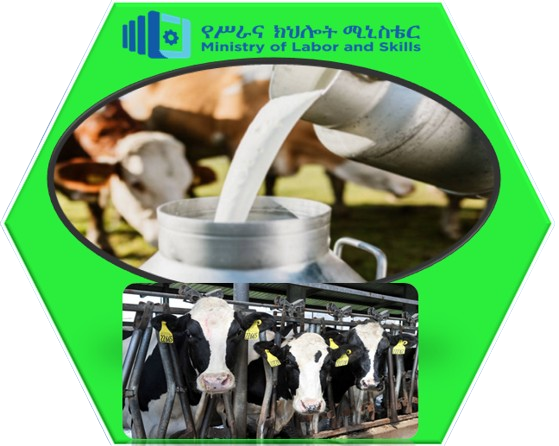

This module covers the functions required to plan and design handling and/or accommodation facilities for livestock. It requires the application of skills and knowledge to identify and incorporate both livestock needs and enterprise objectives into an efficient and cost-effective design. Competency requires an awareness of industry development with respect to handling technologies are confined to restricted areas one can talk of housing.
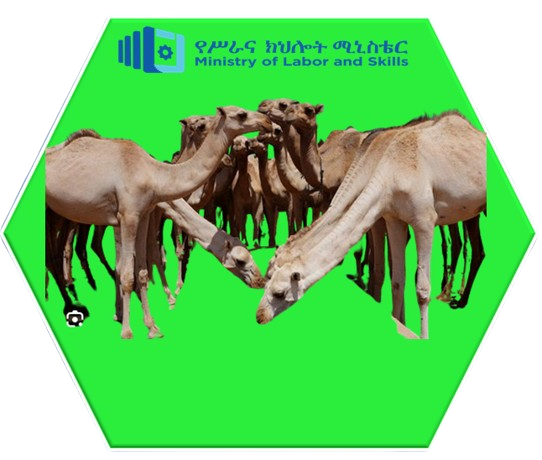
This module outcome deals the process of developing Production plans for camel. It requires the ability to determine Feasibility of camel enterprise, identify and define determinants of camel profitability, establish camel production targets, Prepare production plan, and review production plans to Determine input and service requirements. Developing Production plans for camel requires knowledge of camel Husbandry, production and management practices, financial analysis techniques, sustainable land use principles and practices applicable in the region, environmental controls and codes of practice applicable to the enterprise, and whole farm planning processes.
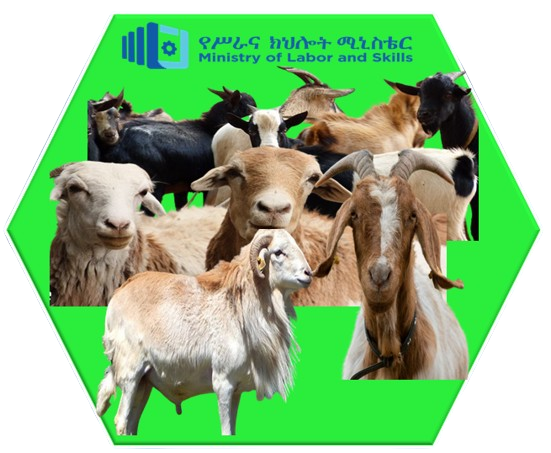

Artificial insemination is the technique in which semen with living sperms is collected from the male and introduced into female reproductive tract at proper time with the help of instruments. Artificial Insemination has been defined as the transfer of male gametes to the oocyte by means other than natural mating. This has been found to result in a normal offspring. In this process, the semen is inseminated into the female by placing a portion of it either in a collected or diluted forms into the cervix or uterus by mechanical methods at the proper time and under most hygienic conditions.

This module is Not yet prepaired
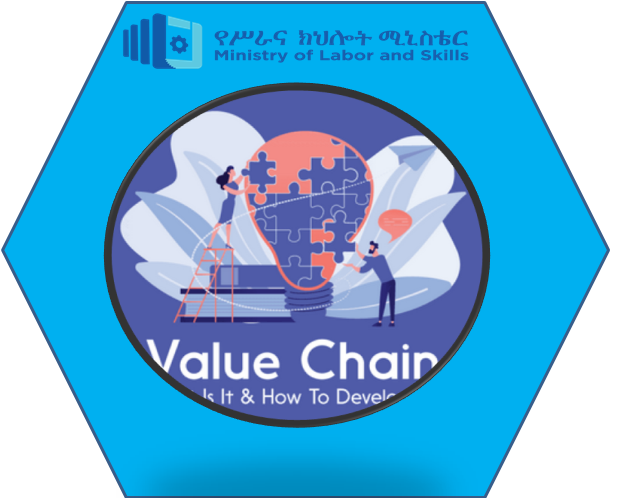
This unit covers the knowledge, skills, and attitude needed to Understand value chain ,Identify concepts of value chain ideas Develop the value chain and Upgraded value addition
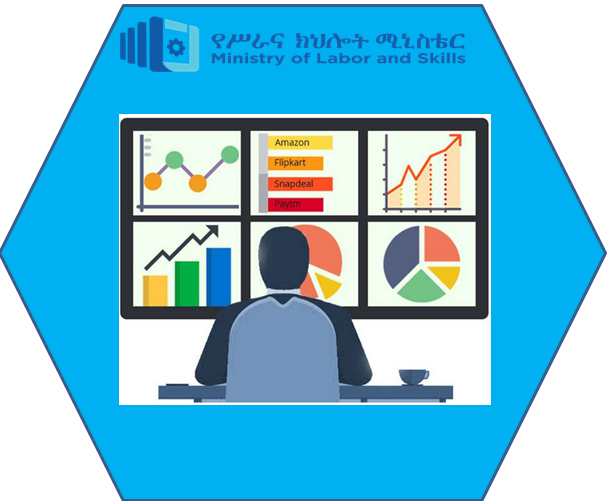
This unit covers knowledge, skills and attitude required to record and organize collected data, present data in tables, charts and graphs, analyse, interpret and give feed back to the stakeholder based on the finding.
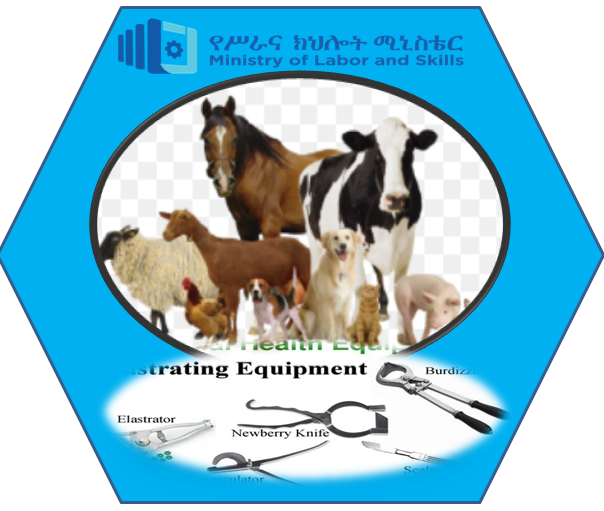
This unit covers the knowledge, skills and attitude required to identify and report sick animal, facilitate livestock diseases prevention and control program, assess common animal disease and carryout post treatment activities to assist veterinarian.
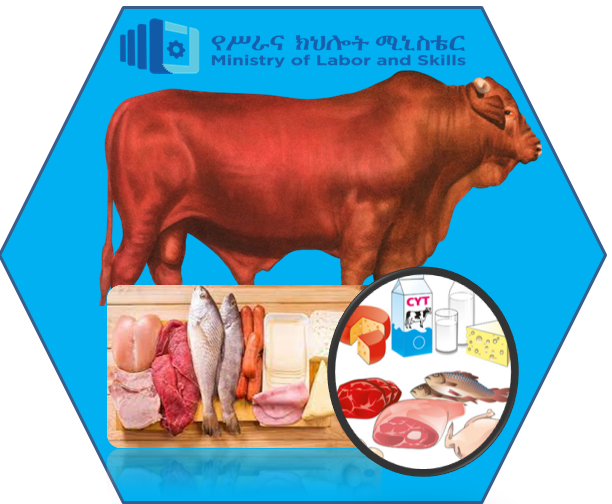
This unit covers the knowledge, skills and attitude required to identify animal products and by products, determine animal product and by product handling systems, install and operate animal products and by products handling equipment.


This module covers the knowledge, skills and attitude required to develop and implement a livestock breeding program that requires skills and knowledge to assess breeding requirements, select livestock for breeding, facilitate natural breeding, monitor and evaluate breeding program to meet the breeding aims of the industry. It requires skills and knowledge to select breeding options and resources appropriate to meet the breeding aims of the enterprise. It also requires skills to evaluate the strategy in terms of costs and benefits to the enterprise.
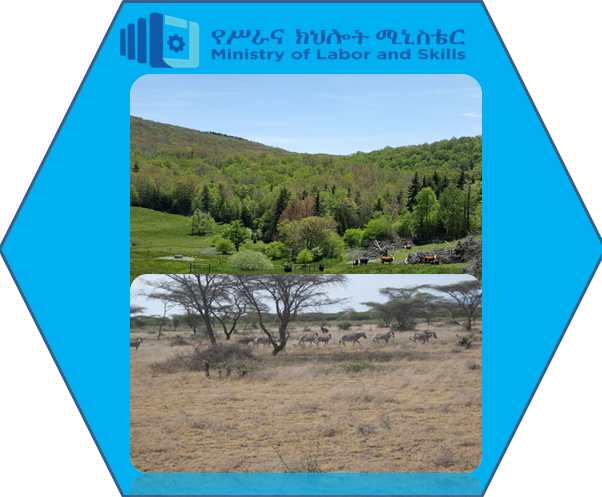
This module covers the knowledge, skills and attitude required to identify rangeland values, facilitate rangeland development and management program and assess rangeland condition and trend. It requires the ability to identify rangeland values, facilitate, rangeland development and management program, assess rangeland condition and trend.

This module covers the knowledge, skills and attitude required to determine livestock condition and nutritional requirements, determine supplementary feeding program, develop and monitor animal feeding plans.
